
Knees are remarkable joints that carry our body mass and facilitate our movements. However, they also wear and tear, especially as we age or engage in strenuous activities. Today, you’ll learn 15 effective ways to strengthen your knees so you can continue to move with ease.
Quad Strengthening Exercises
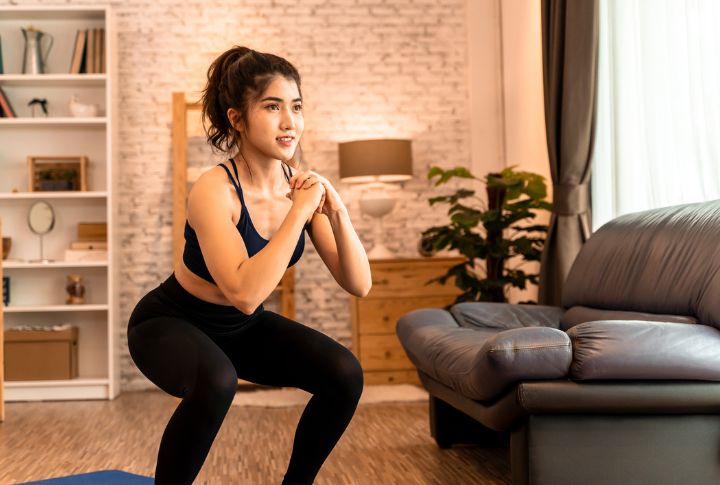
Incorporate exercises such as leg lifts, squats, and lunges into your routine. They target the quadriceps, the muscles at the front of your thighs which support the knees. Strong quadriceps help stabilize the knee joint and minimize the risk of injury.
Hamstring Strengthening
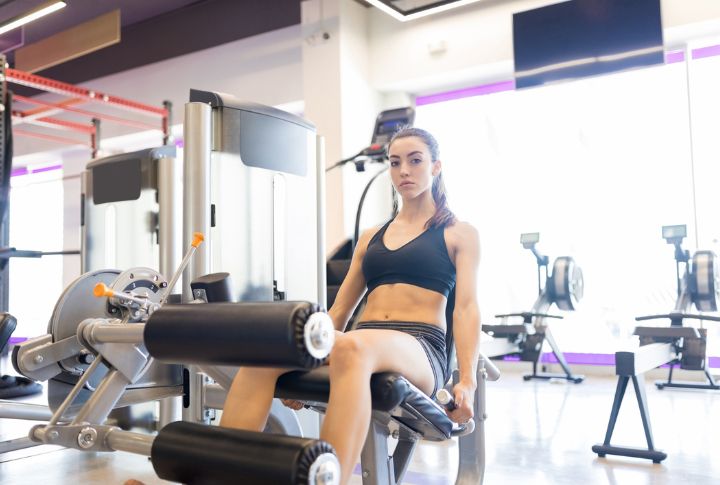
Strengthening the hamstring—the muscles behind your thighs— helps coordinate muscle strength around the knee, improving knee stability and performance. Include exercises like leg curls and bridges to strengthen them.
Calf Raises

Strong calf muscles contribute to better overall leg strength and can lessen knee stress during activities like walking and climbing stairs. Perform calf raises to strengthen them.
Low-Impact Cardio

Engage in low-impact cardiovascular exercises such as swimming, cycling, or using an elliptical machine. These exercises provide an excellent cardiovascular workout without putting excessive stress on the knees, boosting knee strength and function.
Stretching
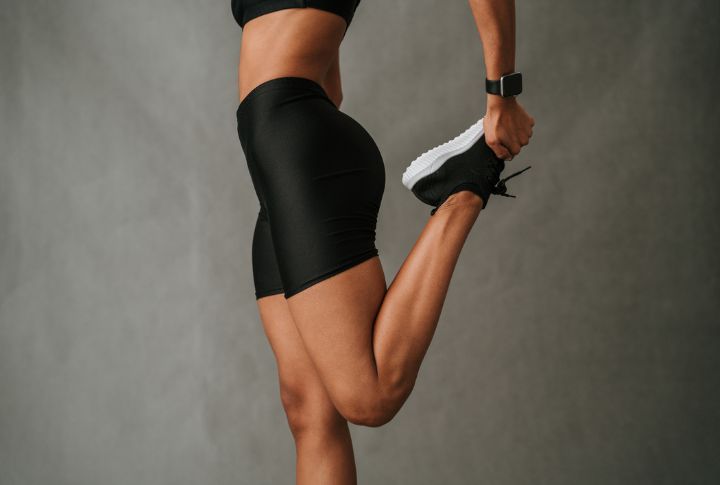
Add stretching exercises into your routine to improve flexibility and deplete stiffness in the muscles around the knees. Focus on stretching the quadriceps, hamstrings, and calves to maintain good muscle balance and joint mobility.
Balance and Stability Exercises

Exercises like a single-leg stand or using a balance board can help increase knee steadiness and strength. Practice balance and stability exercises to boost proprioception (the body’s sense of its position in space) and decrease the chance of falls.
Proper Footwear
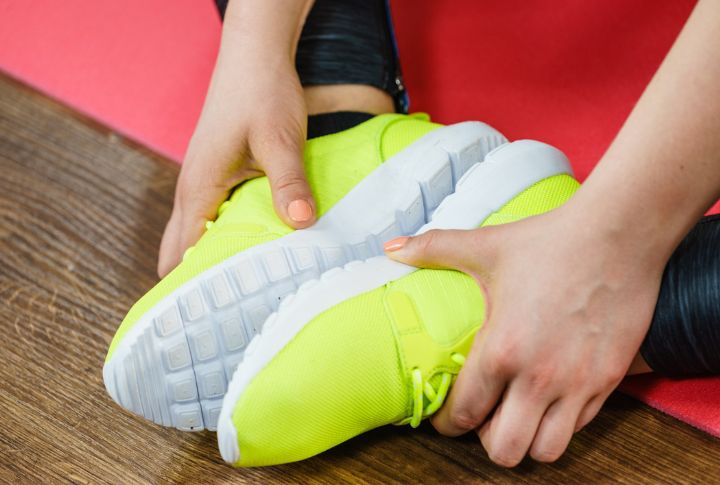
Wear supportive footwear with good cushioning and arch support to lessen knee strain and improve alignment. Proper footwear can also help distribute body mass more evenly and bring down the risk of knee injuries.
Weight Management

Extra weight means additional pressure on the knees, increasing the chances of knee problems and injuries. Maintain a healthy weight to take the pressure off your knees. Losing weight can alleviate knee pain and make knees function better.
Use of Knee Braces

Knee braces help reduce the risk of injury and alleviate knee pain during exercise. Consider using them during physical activities to provide additional aid and secureness to the knees.
Proper Warm-up and Cool Down
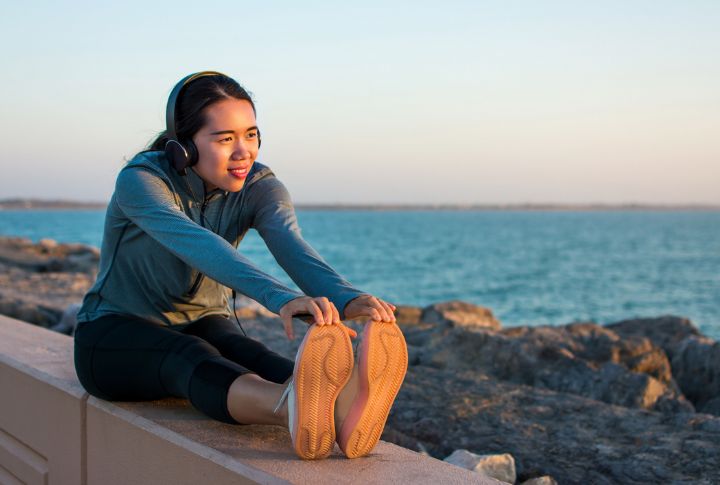
Always warm up before exercising and cool it off afterward to prepare your muscles and joints for exercise and prevent injury. A correct warm-up and cool-down routine can help lessen muscle stiffness and soreness, especially in the knees.
Pain Management

Use ice packs or heat therapy to manage pain and decrease inflammation in the knees. Applying ice packs can help diminish swelling and numb pain, while heat therapy can help relax muscles and augment blood flow to the affected area.
Avoid High-Impact Activities

Minimize activities that stress the knees, like running or jumping. These activities can increase the chances of knee injuries and exacerbate knee pain, especially if you have weak knees.
Physical Therapy
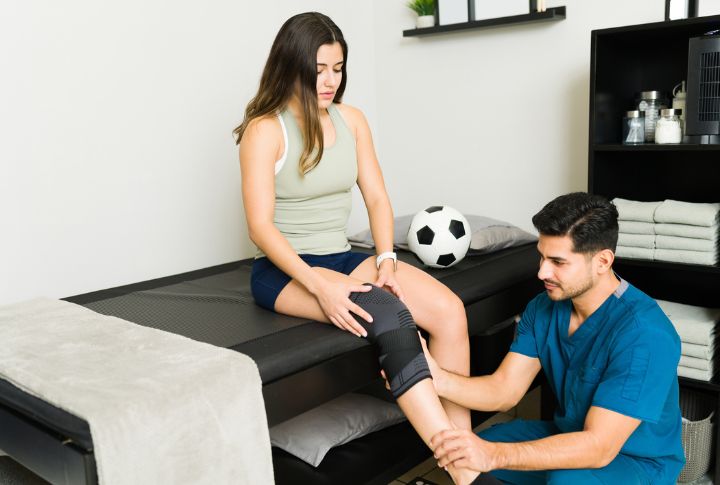
Consult a therapist for a personalized exercise program to strengthen your knees. They can help identify specific muscle imbalances or weaknesses contributing to your knee pain and develop a plan to address them.
Joint Supplements

Consider taking joint supplements such as glucosamine and chondroitin, which may help enhance joint health and reduce knee pain. These supplements are thought to support cartilage health and minimize joint inflammation.
Consult a Doctor

If you experience persistent or worsening knee weakness, consult a healthcare professional. A doctor will find out the cause of your knee weakness and recommend appropriate treatments or interventions to develop knee strength and function.

Comments
Loading…